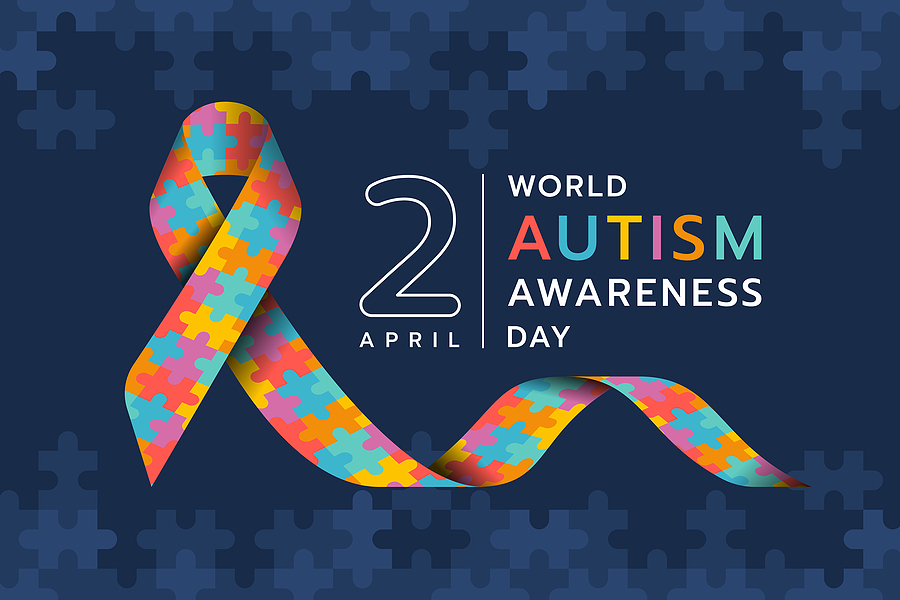By: Joseph Mechak, MD
April 2nd is World Autism Awareness Day. In that spirit we wanted to provide some basics about Autism, how it is diagnosed, and the pillars of treatment
The Basics:
Autism spectrum disorder (ASD) refers to a broad range of conditions characterized by challenges with social skills, repetitive behaviors, speech and nonverbal communication. Not all ASD looks the same. As the name implies, the symptoms and severity of illness can range widely from child to child. Each child has a different set of strengths and challenges.
Approximately 1 in 44 children are diagnosed with ASD. Males are 4 times more likely to be diagnosed with ASD compared with females.
We are not sure what causes ASD. Recent research does implicate certain genes in ASD but there are many other factors at play that we do not fully understand.
A list of common symptoms associated with ASD can be found here –> HealthyChildren.org – Early signs of ASD
How is Autism diagnosed:
There is no blood test or imaging study that can diagnose autism. The diagnosis is typically made via observations from your child’s pediatrician, a specialized doctor called a developmental pediatrician, or trained psychologists through observation and behavioral testing.
Autism is often identified between the ages 18 months and 3 years old based on delays in language, communication, or social skills. It is difficult to make the diagnosis before this age because language has not yet developed and social skills are just forming.
Most pediatric practices, including Potomac Pediatrics, have parents fill out a screening questionnaire called the Modified Checklist for Autism in Toddlers (MCHAT) at the 18 and 24-month check-ups that helps identify signs of ASD.
If your pediatrician has concerns for ASD, they will likely send you to an autism specialist called a Developmental Pediatrician for evaluation and formal diagnosis.
How is Autism treated
There is no cure for ASD. Treatments for ASD focuses on therapies like occupational therapy, speech therapy, and physical therapy to help children with language, social, and everyday skills. There is also a specific type of therapy called Applied Behavioral Analysis (ABA) that is a particularly effective type of therapy for children with Autism.
Early therapy is associated with better outcomes, which is why it is so important for parents and pediatricians to look out for signs and symptoms of ASD during toddlerhood.
What should I do if I am worried that my child has ASD?
If you notice worrisome signs or symptoms of autism, set up an appointment with your provider. We can help screen for ASD and set you up with a pathway for diagnosis and therapies that will help your child. Remember, early identification and therapy leads to better outcomes so do not hesitate to reach out.
Where can I learn more?
Below are some helpful websites and resources from reputable sources:
HealthyChildren.org – Autism Homepage
HealthyChildren.org – ASD Basics







